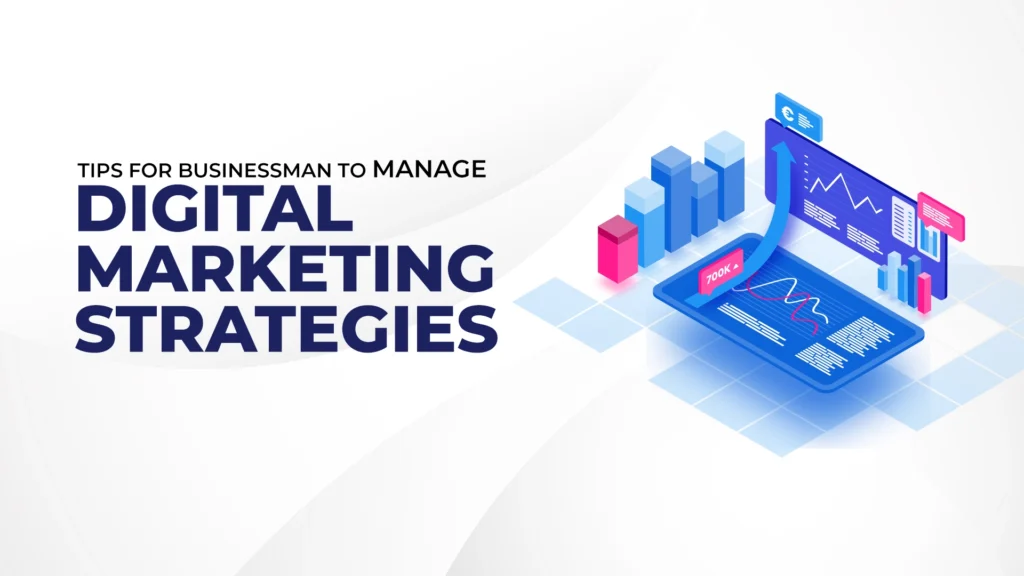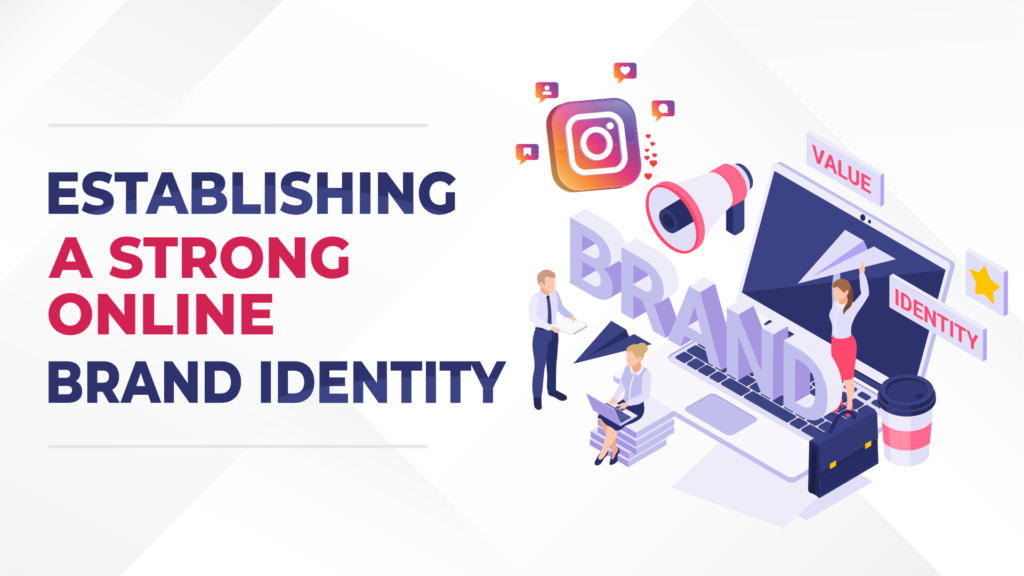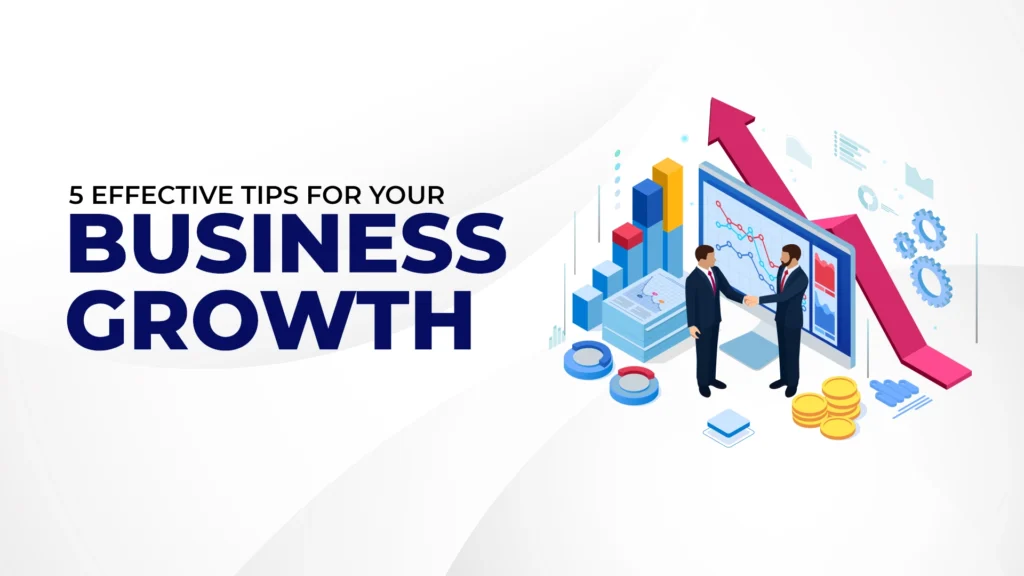The Power of AI Marketing Tools: Why You Should Embrace Them?
In the past, marketing was a very manual process. Marketers had to spend hours manually analyzing data, creating content, and managing campaigns. However, AI is changing the way we market today. AI can automate tasks, personalize content, and provide insights into customer behavior. This allows businesses to save time, reach more customers, and achieve their […]
The Power of AI Marketing Tools: Why You Should Embrace Them? Read More »








